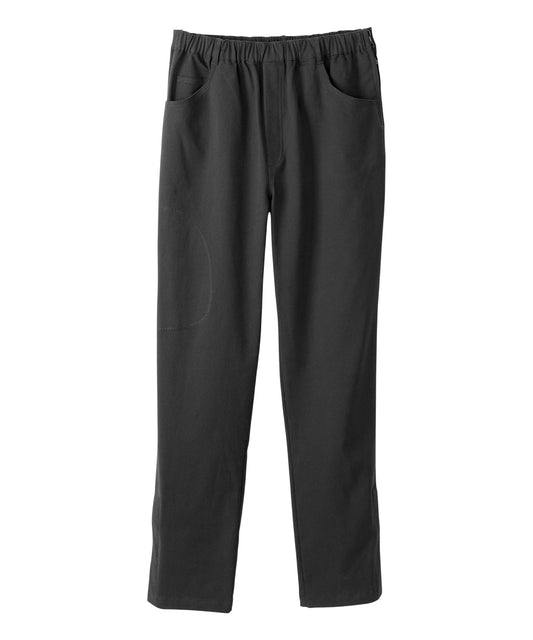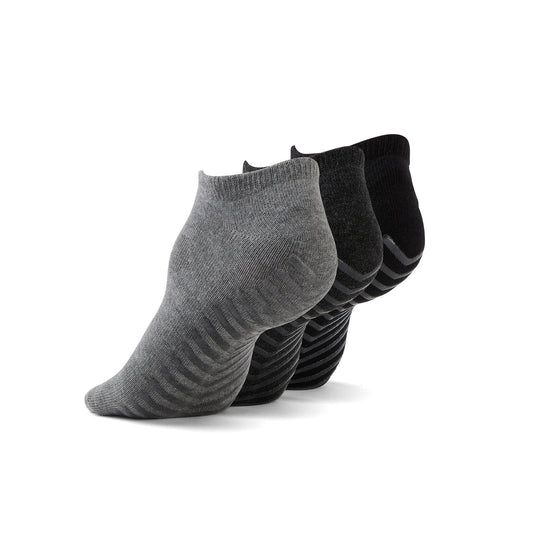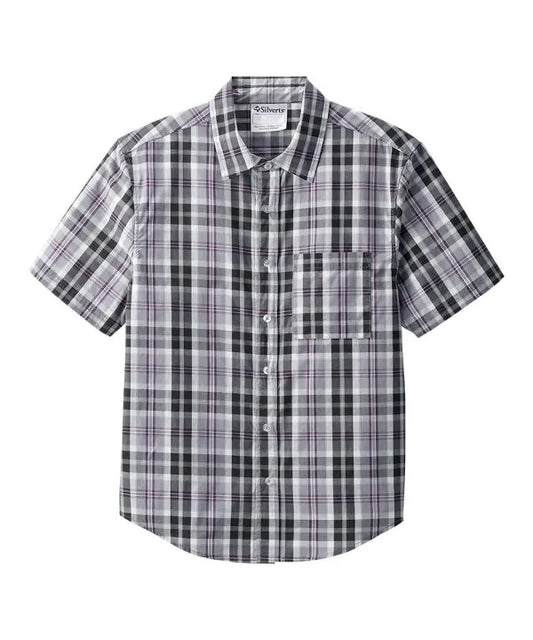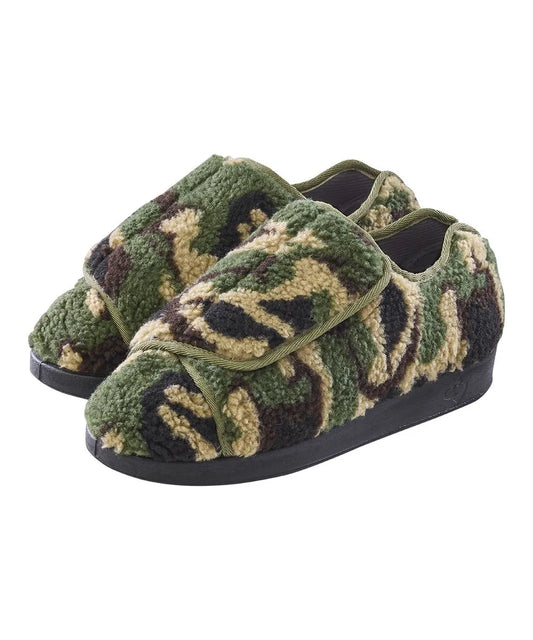Written by Liana Wang
How Do Disabled People Get Dressed?
Getting dressed is something most of us take for granted. We throw on a shirt, pull up our pants, and head out the door without much thought. But for individuals with disabilities, especially those who use mobility aids like wheelchairs, walkers, or crutches, dressing can be a daily challenge. Some can dress themselves with modifications, while others require assistance from caregivers or family members. Adaptive clothing, assistive devices, and some clever dressing techniques can make a huge difference in making this daily task easier and more comfortable.
For example, someone with limited hand mobility may struggle with traditional buttons or zippers, while a person with lower body weakness may have difficulty pulling up pants while seated. These difficulties can make dressing feel frustrating and time-consuming. However, with the right solutions, many people can regain their independence or make the dressing process far less stressful.
For instance, someone with limited mobility can try this June Adaptive Magnetic Closure Dress Shirt that looks identical to a traditional one but fastens easily.
What Challenges Do Mobility Aid Users Face with Traditional Clothing?
Traditional clothing is designed with the assumption that people can stand, bend, and move freely. However, for mobility aid users, many aspects of standard clothing create frustrating obstacles. Pants that require standing to pull up, shirts with tight neck holes or small buttons, and shoes with laces can be difficult to manage. Many garments are simply not made with accessibility in mind, leading to discomfort, limited independence, and unnecessary stress. Sitting in a wheelchair all day also means dealing with waistbands that dig in, fabric that bunches up, and seams that create pressure points. These issues aren’t just inconveniences, they can affect a person’s confidence and dignity, too.
Imagine trying to button a small shirt with limited dexterity or attempting to put on shoes while sitting in a wheelchair without being able to reach down easily. For many mobility aid users, these simple tasks become daily struggles. This is where adaptive clothing and dressing aids come into play, making everyday routines much more manageable.
What Assistive Devices Can Be Used to Help Patients Dress and Undress?
Luckily, there are several tools designed to make dressing easier for people with disabilities. Dressing sticks, which are long rods with hooks, help users pull up pants or put on shirts without overextending their reach. Buttonhooks make it possible to fasten small buttons without struggling with fine motor skills. Zipper pulls attach to zippers to make them easier to grip. Sock aids allow individuals to slide on socks without bending down. These little devices may not seem like much, but for someone with limited mobility, they can be game-changers.
Take a person with arthritis as an example, they may struggle to grip and pull a small zipper tab. A zipper pull extender makes it much easier to grasp and zip up a jacket or pants. Similarly, individuals who cannot lift their arms easily may find a dressing stick indispensable for putting on clothes without excessive movement. These assistive devices help maintain independence and dignity in everyday dressing routines.
How to Help Elderly Get Dressed?
Helping an elderly loved one get dressed requires patience, encouragement, and the right approach. One of the best ways to assist without taking away independence is by setting up their clothing in a way that makes it easier for them to reach and put on. Lay out clothes in the order they should be worn and choose garments with simple closures like Velcro or magnets. If they need hands-on help, always communicate what you’re doing, move at their pace, and ensure they feel comfortable and respected.
Elderly individuals with mobility limitations or cognitive impairments, such as dementia, may have difficulty dressing independently. In these cases, caregivers should take a gentle, step-by-step approach, offering assistance only where necessary. Adaptive clothing designed with easy access features like open-back shirts or elastic waistbands can make a world of difference in making the process smoother and less stressful for both the individual and their caregiver.
How Adaptive Pants and Shirts Cater to Wheelchair Users?
Adaptive clothing is designed to remove the barriers that traditional clothing presents. Adaptive pants, for example, often feature higher back rises and lower front rises to provide a better fit for sitting. Side openings with Velcro or zippers allow for easy dressing and undressing without standing up. Adaptive shirts often have magnetic closures instead of buttons, making them easier to fasten with limited hand mobility. Fabrics are chosen for their stretch and comfort, ensuring all-day wearability without causing pressure sores or discomfort.
For wheelchair users, traditional pants can cause discomfort due to bunching fabric or tight waistbands that dig into the stomach. Adaptive pants are specifically designed to accommodate the seated position, providing comfort and ease of movement. The ability to open and close pants with zippers or Velcro on the sides eliminates the struggle of pulling them up from a sitting position, making dressing far less stressful.
How Do You Dress an Immobile Person?
Dressing someone who is immobile requires a methodical approach to ensure their comfort and safety. First, position them on their back and gently roll them from side to side to slide garments underneath them. Loose-fitting clothing with soft, stretchable fabric is ideal. Shirts that fasten at the front or have snap openings at the shoulders make dressing easier. Pants with side openings allow caregivers to dress the individual without excessive movement. The key is to be gentle, communicate each step, and ensure the process is as dignified as possible.
For individuals who spend most of their time in bed, adaptive clothing that opens in the back or along the sides is an excellent option. This allows caregivers to dress and undress them without unnecessary lifting or strain. Keeping comfort in mind is essential, as tight or restrictive clothing can cause irritation and discomfort over time.
By improving the emotional well-being of an immobile person, June Adaptives designs emphasize simple-to-use closures and comfortable fits, hence minimizing the need for help. Check out this women's front closure bra!
Why Adaptive Clothing Matters: A Story About George
George had always been a proud and independent man. Even after his stroke left him wheelchair-bound, he insisted on dressing himself every morning. But as his mobility declined, the frustration of dealing with buttons, stiff fabrics, and ill-fitting clothes became more apparent. He would spend nearly an hour struggling to put on a simple pair of pants, his fingers fumbling with buttons and zippers that no longer cooperated. More often than not, he would sigh in defeat, needing assistance when all he wanted was to manage on his own.
One day, his daughter discovered adaptive clothing and ordered him a pair of side-zipper pants and a few magnetic-button shirts. The difference was immediate. He could dress himself in minutes without struggling, and the relief on his face was evident. It wasn’t just about the clothes, it was about maintaining his dignity, his confidence, and his independence. For George, something as simple as a well-designed pair of pants gave him back a piece of his former self.
What Are Three Clothing Features That Make Dressing Easier for People with Disabilities?
A clothing feature that makes dressing easier for people with disabilities is magnetic buttons, instead of struggling with tiny, traditional buttons, magnetic closures snap together effortlessly. These are particularly useful for people with arthritis, Parkinson’s, or limited dexterity. Another one would be side openings. Pants and shirts with side openings allow for easier dressing and can accommodate individuals who use wheelchairs, catheters, or have limited leg mobility. Velcro, zippers, or snaps make these openings practical and efficient. Lastly, adjustable waistbands, whether it's elastic or Velcro-adjustable, provides a comfortable, flexible fit that adapts to different body shapes and sitting positions. This helps reduce pressure and discomfort to individuals.
Men’s Side Zipper Pants for Mobility Aid Convenience
Men’s side zipper pants are one of the best adaptive clothing options for those who use mobility aids. These pants are designed with full-length zippers on both sides, allowing them to be put on or removed without standing. For wheelchair users, they eliminate the struggle of pulling up pants from a sitting position. The design also helps caregivers dress individuals with minimal movement, making daily routines smoother and more comfortable. They come in various styles, from casual wear to dress pants, ensuring that style and function go hand in hand.
Adaptive Dresses and Skirts for Women’s Mobility Aid Needs
Women who use mobility aids often face unique challenges when it comes to dressing, especially with traditional dresses and skirts that can be difficult to put on while seated. Adaptive dresses with front or side openings, wrap-style designs, and elasticized waistbands make it much easier to dress without excessive movement. Skirts with Velcro or magnetic closures allow for quick adjustments and easier access for caregivers assisting in dressing. Many of these garments are designed with soft, stretchable fabrics that ensure comfort while sitting for long periods, providing both elegance and practicality.
The Importance of Adaptive Clothing
Clothing isn’t just about covering the body, it’s about comfort, independence, and confidence. Adaptive clothing allows individuals with disabilities to dress with ease and dignity. Whether it’s an elderly parent, a friend recovering from surgery, or someone who uses a wheelchair daily, the right clothing can make a world of difference.
Dressing should be a simple, stress-free part of the day, yet for many mobility aid users, it is anything but that. The challenges of traditional clothing can make a basic task frustrating, exhausting, and even disheartening. Adaptive clothing provides practical solutions that not only ease the process of getting dressed but also restore dignity, independence, and confidence.
Whether it’s side-zipper pants for men, adaptive skirts and dresses for women, or assistive dressing tools for those who need them, these solutions help individuals maintain control over their lives. For caregivers, these innovations ease their responsibilities, making daily routines smoother and more efficient.
At the heart of adaptive clothing is the idea that everyone deserves to feel comfortable, dignified, and empowered, no matter their mobility level. If you or a loved one struggles with traditional clothing, it’s worth exploring adaptive options that make life just a little bit easier.
To learn more about adaptive wear, check out the JuneAdaptive website: https://www.juneadaptive.com/!

















